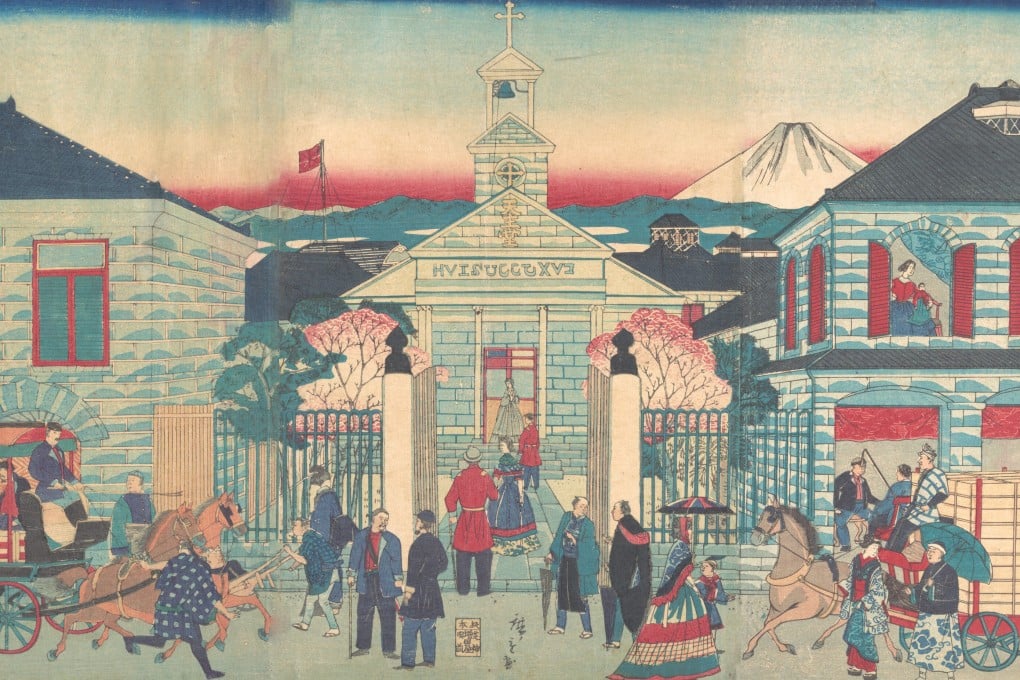Japan’s history of religion, from Shinto and Buddhism to cults and Jesus’ secret mission, and how fights between groups have been rife for centuries
- The land of eight million gods has unsurprisingly had a fractious relationship with faith

For those not yet aware, Jesus Christ is buried in Japan. Yes, the Son of God flees Judea around AD33, leaving his brother, “Isukiri”, crucified in his place, and with another brother’s ears and a lock of his mother’s hair as mementos, our fugitive Lord and Saviour sets out for the far-flung Japanese archipelago, where he settles in Herai, Mutsu province (now Shingo, Aomori prefecture), becomes a rice farmer, marries, sires three children, and dies aged 106.
The legend is commemorated in the northern Japanese village, where the Tomb of Christ draws middling crowds of curious visitors. The chapel-esque Christ Village Tradition Museum tells the whole story, even down to an etymological theory that the place name Herai, as well as the lyrics to accompany the local Nanyadoyara dance, derive from Hebrew.
However interesting as a story – much like the crucifixion-defying legend that places Jesus in a Himalayan tomb in Srinagar, in Indian-administered Kashmir – this one is refuted by almost everyone, including James Morris, assistant professor, Faculty of Humanities and Social Sciences, at the University of Tsukuba.
“Is the claim that Jesus is buried in Japan plausible? Not at all,” he says. There is “no record” of Shingo’s association with Christianity before the 1930s, let alone a linguistic lineage to Hebrew, and the source texts, “in which the associations are first made”, Morris emphasises, “are widely believed to be a forgery.”
The text in question, the Takeuchi monjo, is a raft of documents attributed to Heguri no Matori, a 5th century court minister who usurped the throne following Emperor Ninken’s death in AD498, and it was a descendant of Heguri, Takeuchi Kiyomaro (1874-1965), who allegedly discovered this trove on March 18, 1928.
Jesus’ secret mission to Japan was not the only wild “revelation” to be adopted into the scriptures of Amatsukyo, a religion Takeuchi had founded in 1911, based, so he said, on Japan’s native Shinto: the animist beliefs that merged with Buddhism to give Japan its unique mythological panoply.
